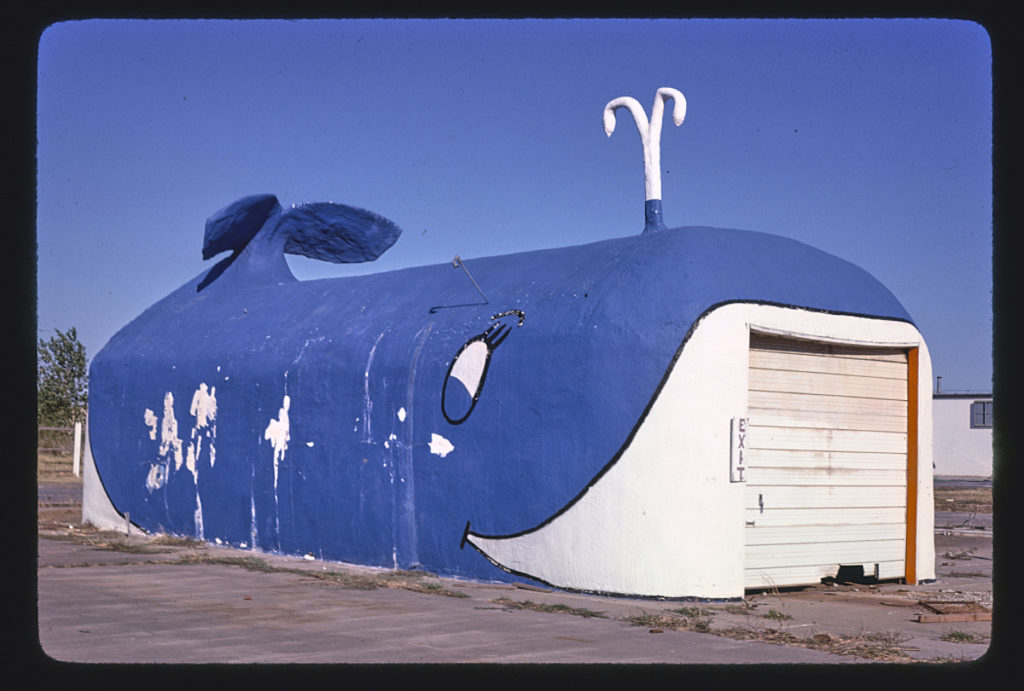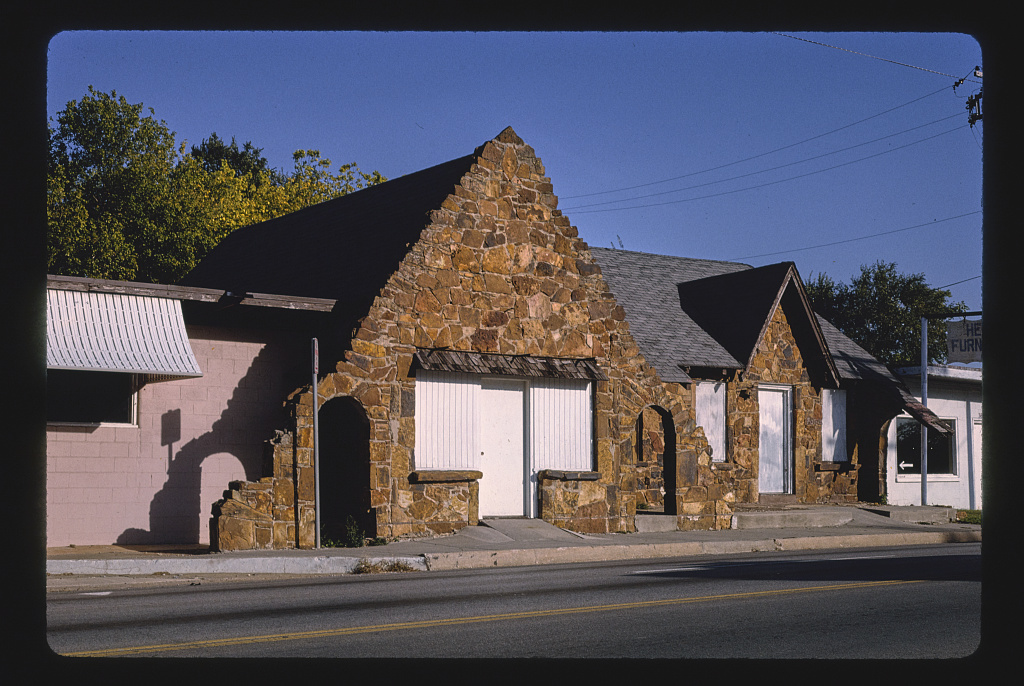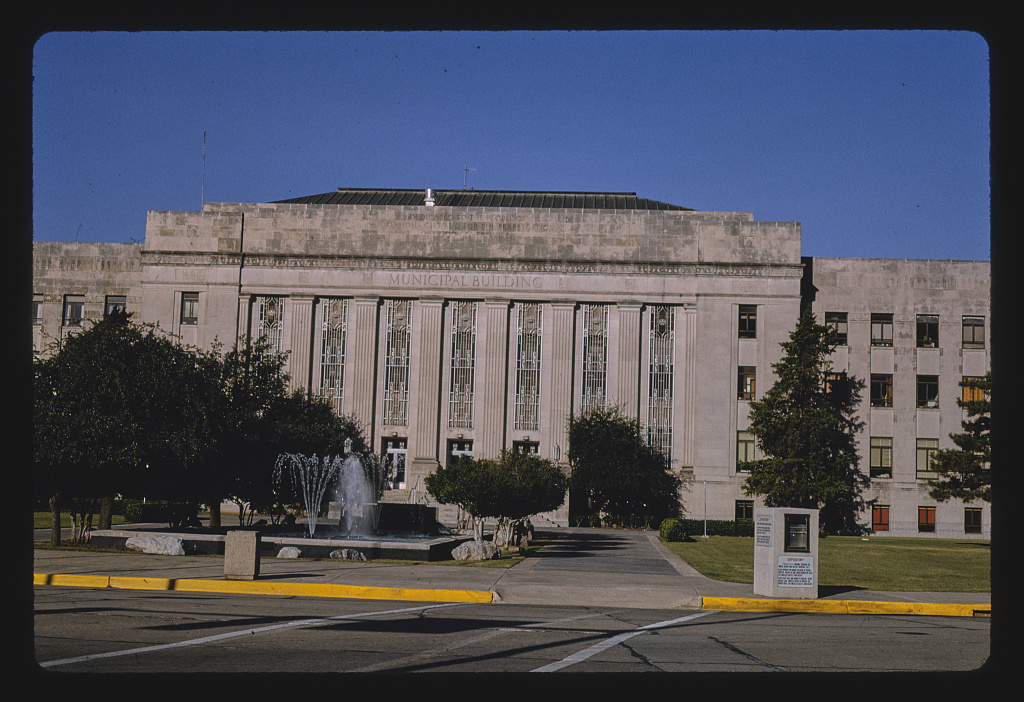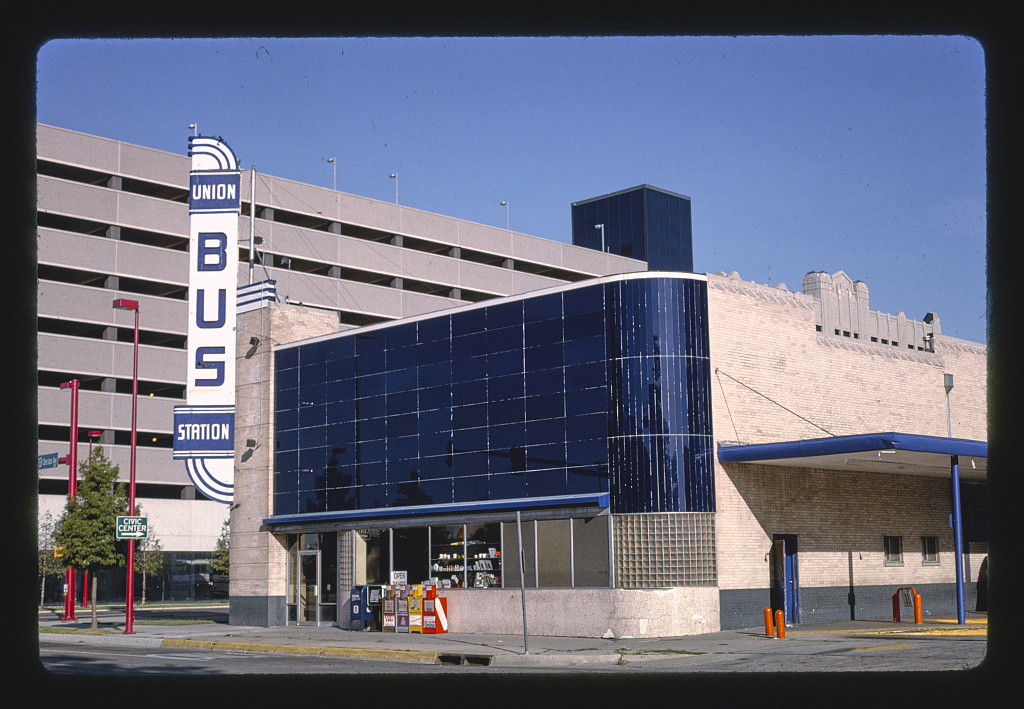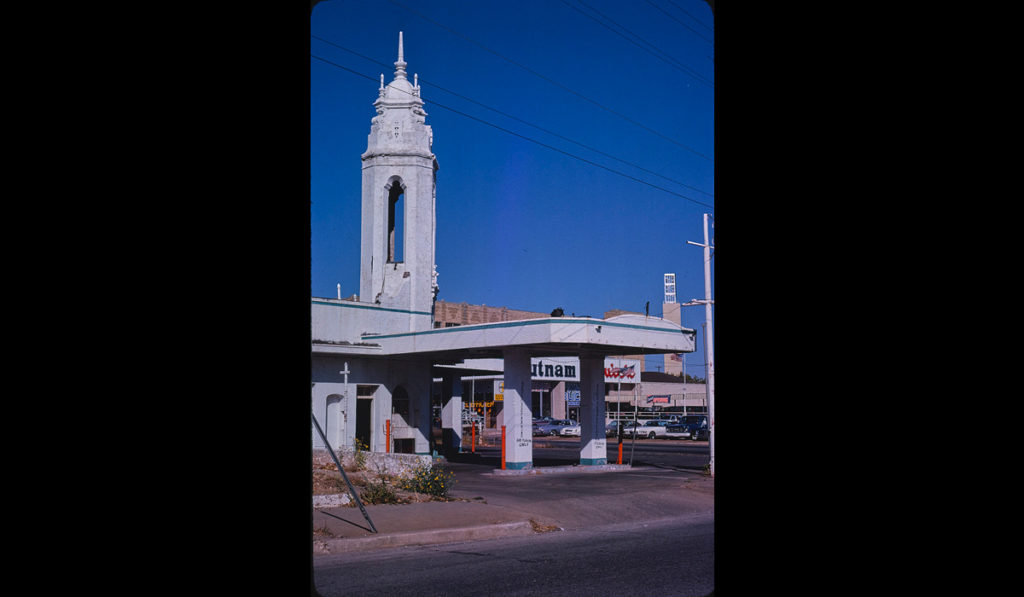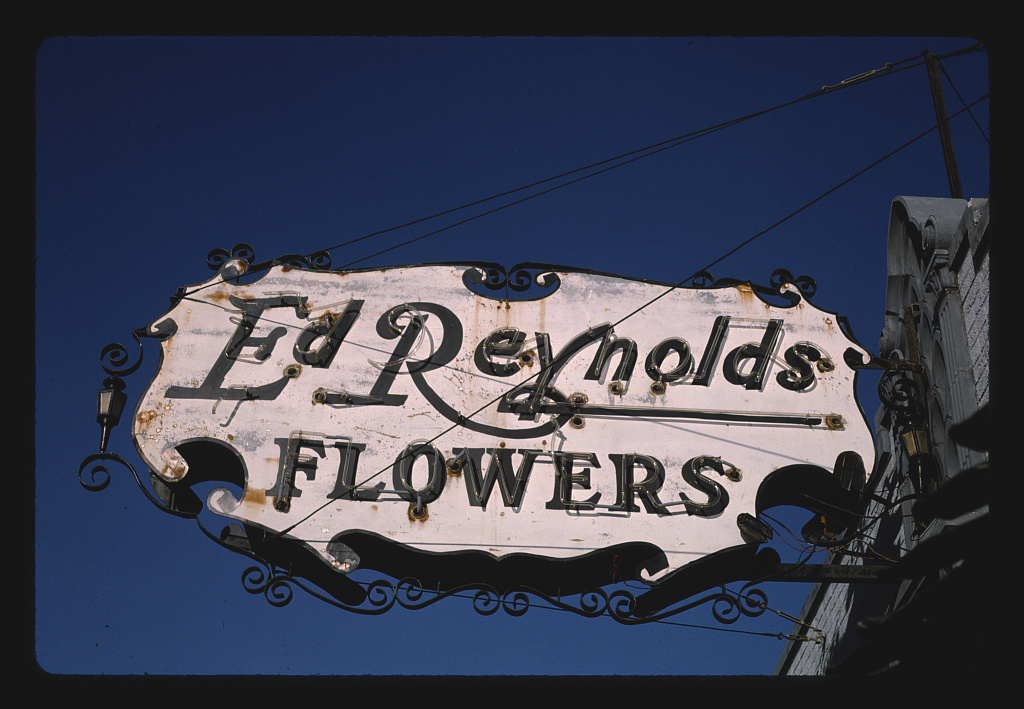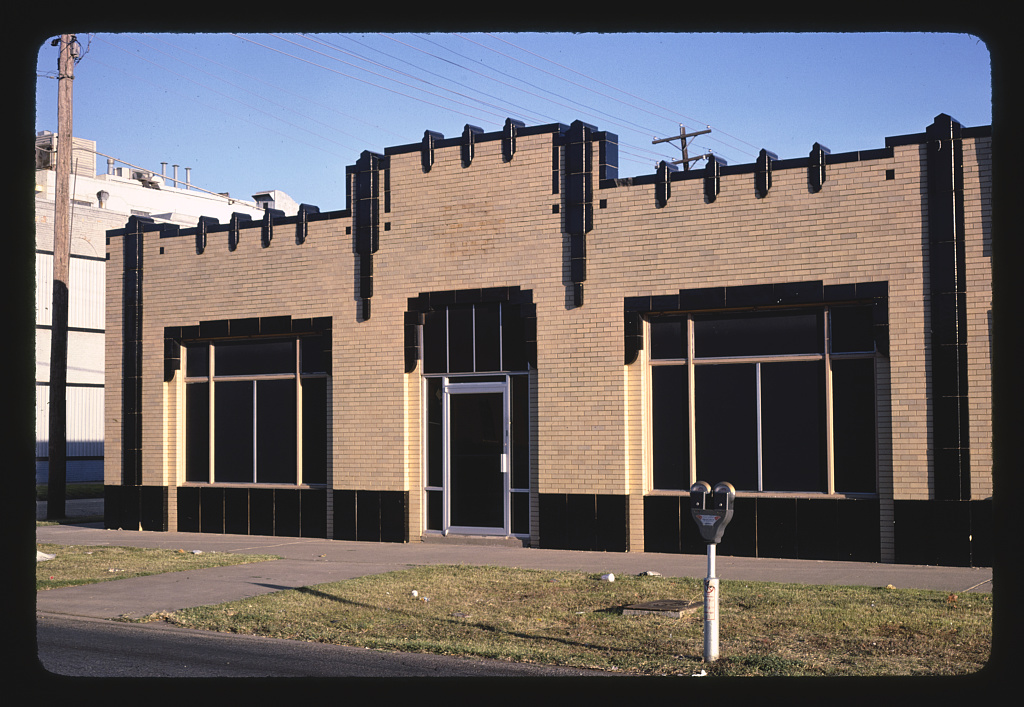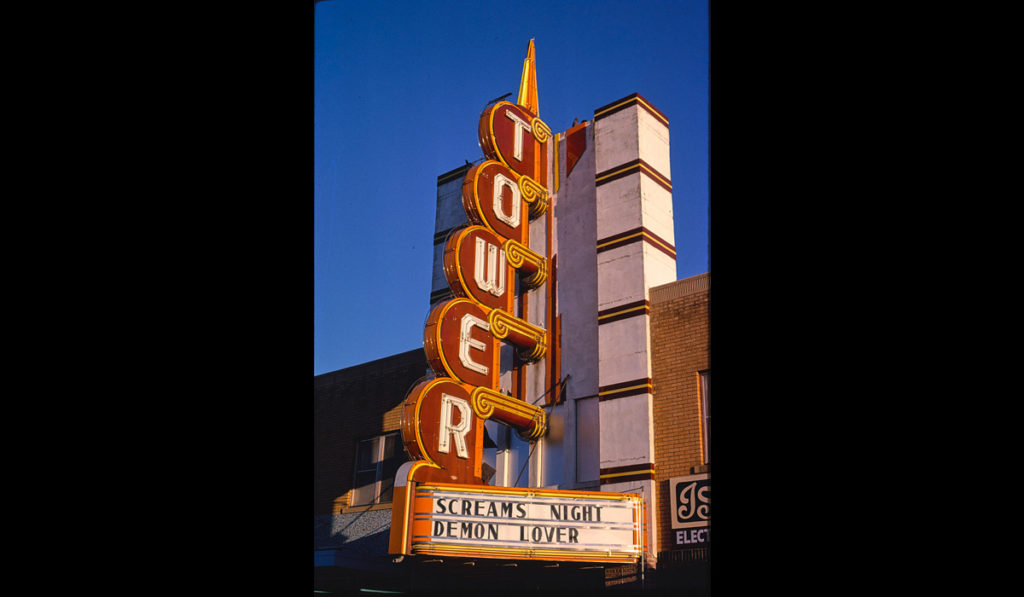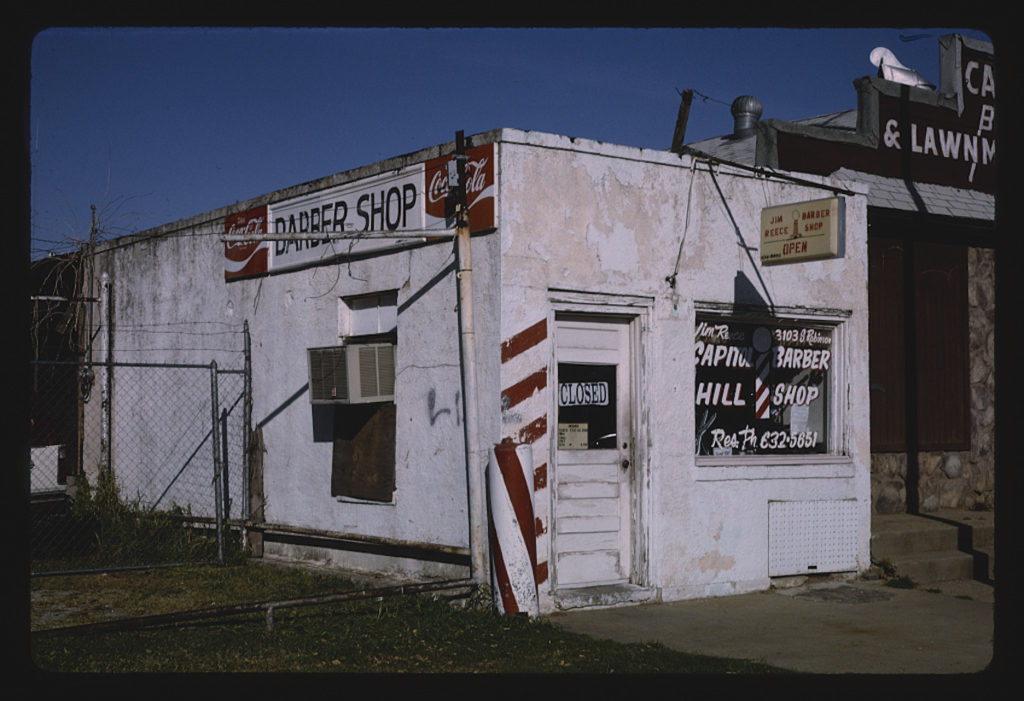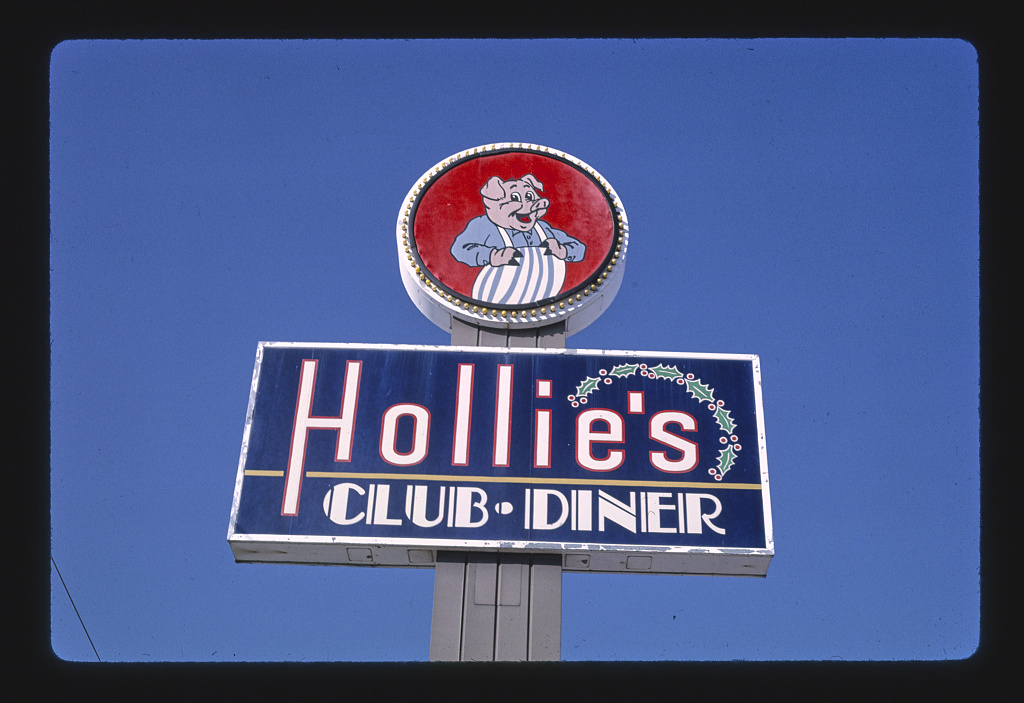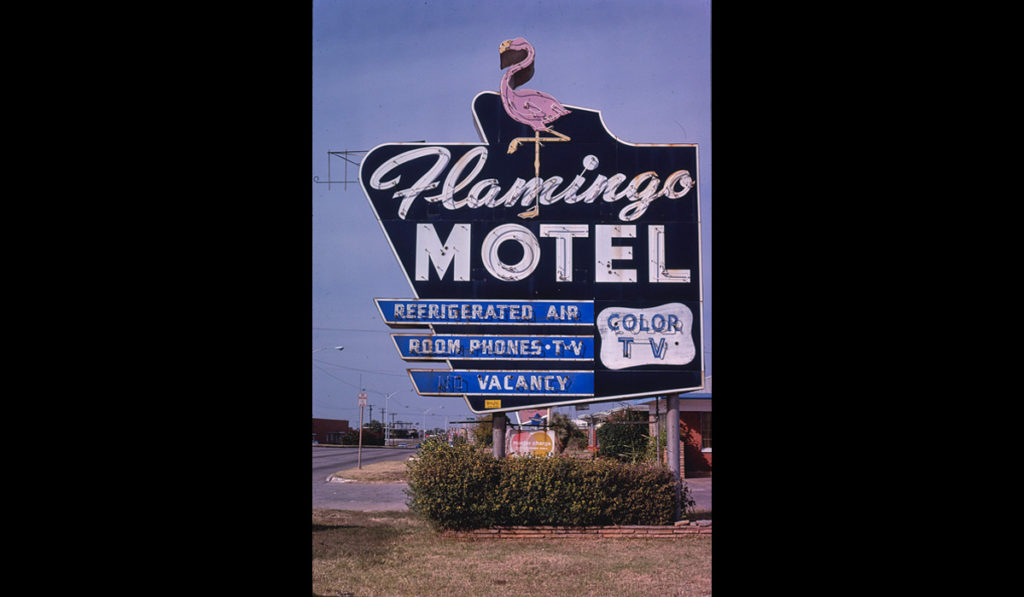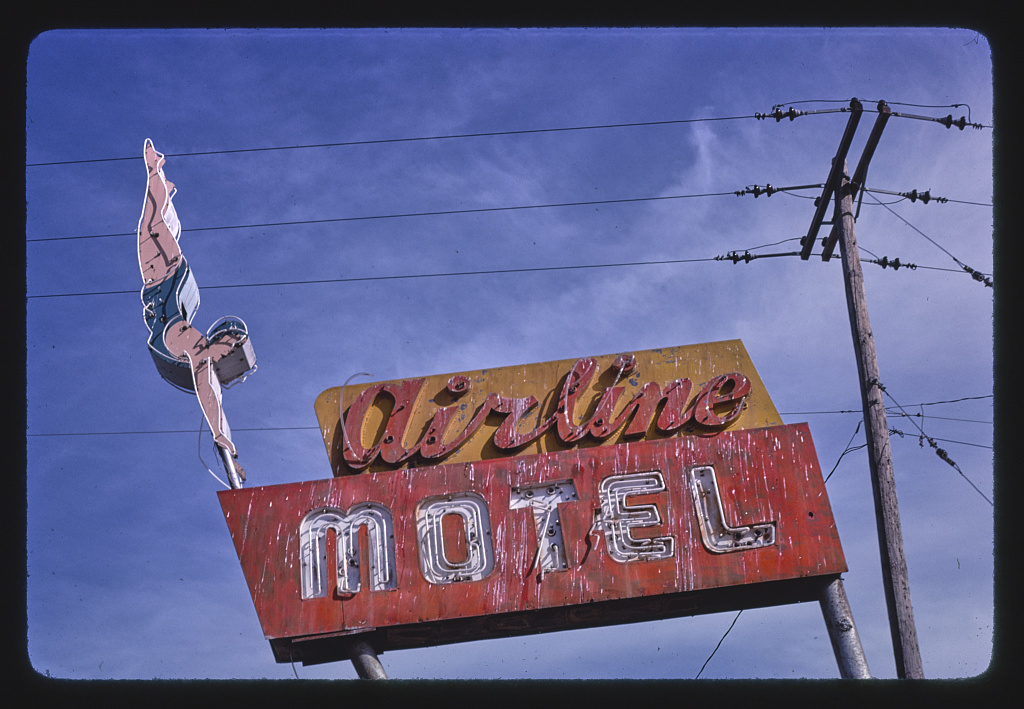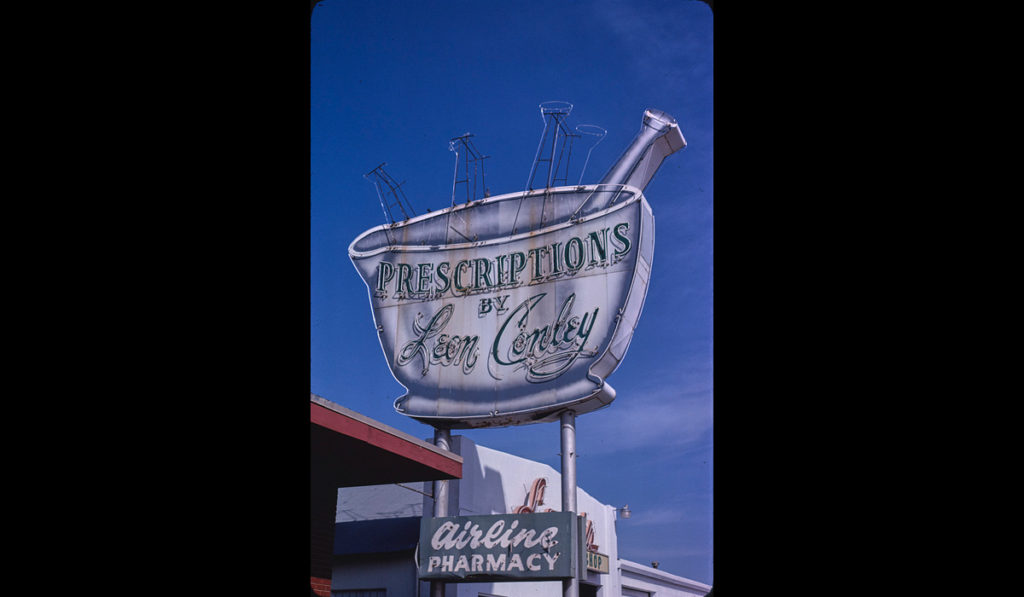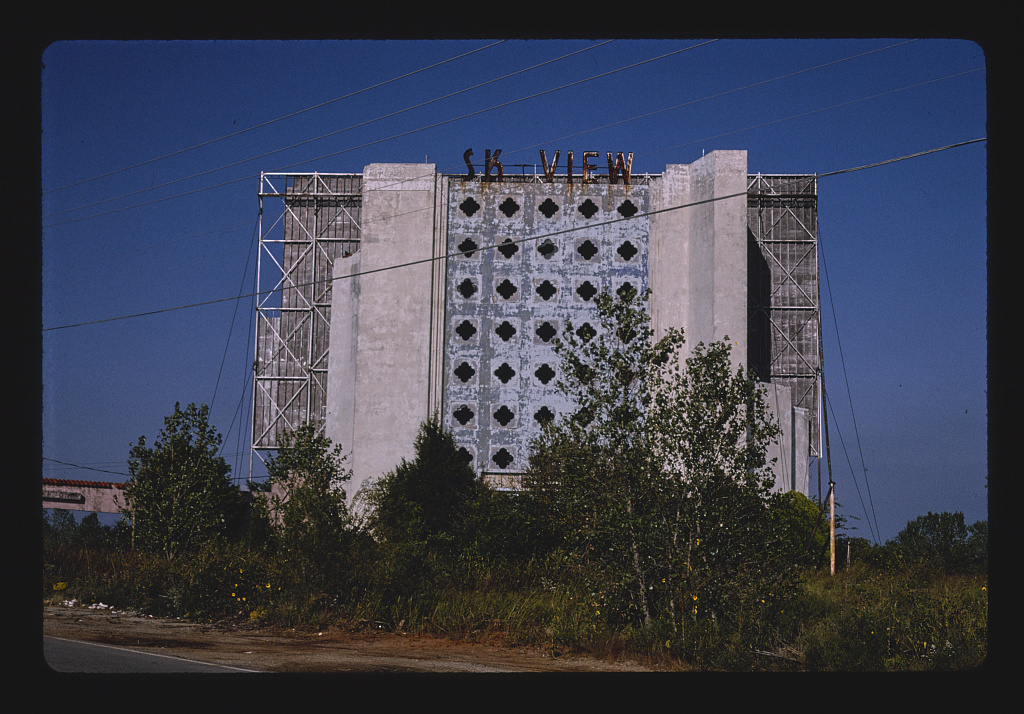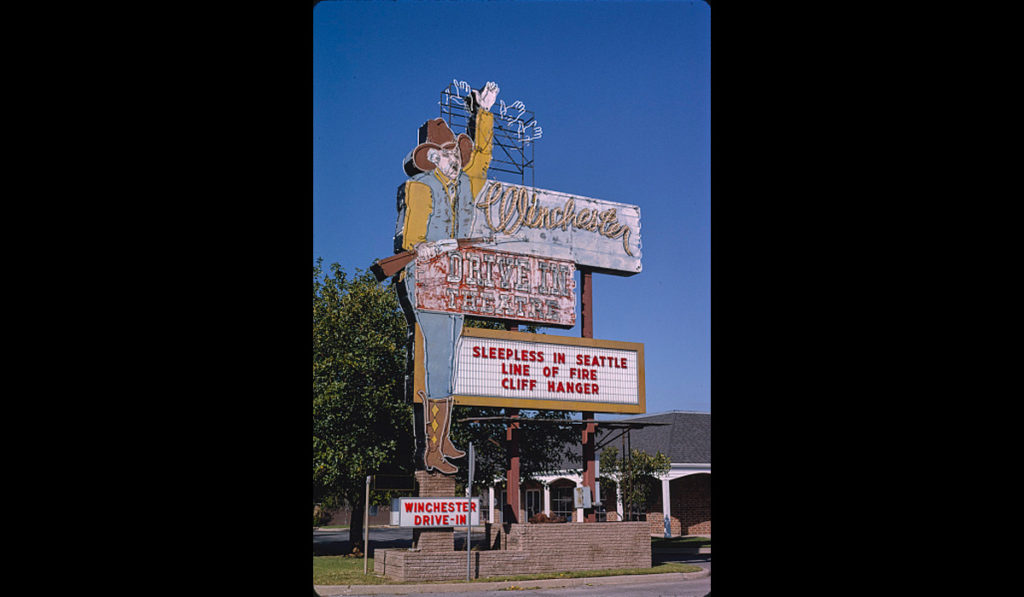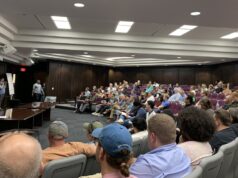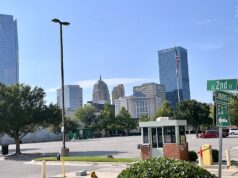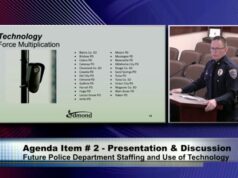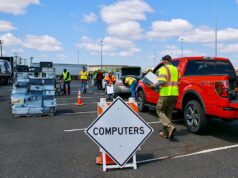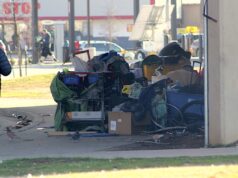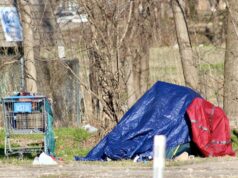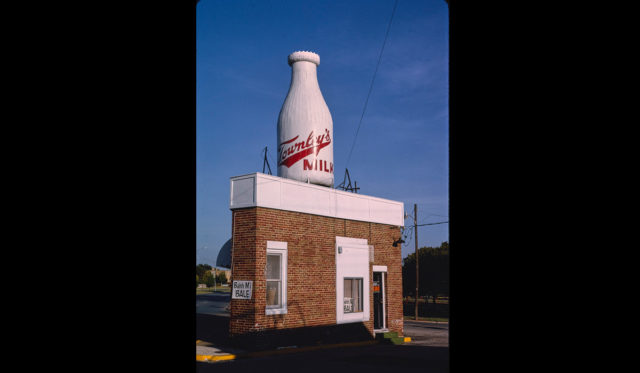
The photographer John Margolies loved buildings that other people found ugly, and he valued design that many considered worthless.
“People generally have thought that what’s important are the large, unique architectural monuments,” he once observed.
But Margolies believed small, idiosyncratic buildings were just as important and was concerned they would be wiped away by the homogeneity of chains and big-box stores.
In an effort to preserve the memory of America’s small architectural treasures, he took pictures of them. For several decades, Margolies, whose New York Times obituary called him “the country’s foremost photographer of vernacular architecture,” repeatedly criss-crossed the country on an endless road trip to capture the weird, wonderful and uniquely American architectural spectacles that grace the country’s back roads and highways: gas stations shaped like dinosaurs, teapots or cowboy hats; dumpy hotels with flashy neon signs; businesses touted by gigantic statues.
More than once, his travels took him to Oklahoma, where he shot photos of everything from the National Lighter Museum, in Guthrie, to the sign for a skating rink in Sapulpa. Route 66, of course, was a rich vein for the quaint and kooky roadside attractions Margolies loved.
He visited and documented Oklahoma City at least twice, in 1979 and 1993. Some of the photos from those visits are presented below thanks to their preservation in the Library of Congress.
The images show how the city has changed and how it has stayed the same. A photo of the Tower Theatre from 1979 could have been taken last week (if the Tower still hosted Screams Night). Meanwhile, in a picture from 1993, the Classen Boulevard Milk Bottle still bears the name of Townley’s Dairy, which would shut down soon after. A sign advertising Banh Mi also points to the city being a step ahead of a national culinary trend.
Some of the buildings photographed below remain, while others have been torn down. These photos offer a glimpse of OKC through the eyes of an outsider and, perhaps, might prompt a new appreciation for the small, everyday beauties of the city.
Photos of OKC by John Margolies
